Table of Contents
CLUTCH FRICTION MATERIALS: The friction material acts as a coating on the surface of the clutch disc. Because they are rough, they offer a higher coefficient of friction—a higher coefficient of friction results in greater frictional force and better motion transfer.
There are two types:
(a) Woven friction material
(b) Molded friction material
(a) Fabric friction material
This material is made by spinning strands of asbestos fibers, sometimes into brass strands, weaving this strand into a cloth, and then impregnating it with a binding material. This type of friction material can be divided into laminated variety and “solid” woven variety. In the laminated variety, the fabric layers are placed one on top of the other and held together by the binding material, sometimes aided by stitching.
In the “solid” type, the fabric is woven with the necessary thickness, and this woven structure has a much greater mechanized resistance. Both types usually incorporate brass wire.
(b) Molded friction material
The type of molded or composite lining is composed of asbestos fibers in their natural state, mixed with a binding material, and then molded in molds under pressure and at high temperatures. A metal wire is included in the frame to provide better usability qualities.
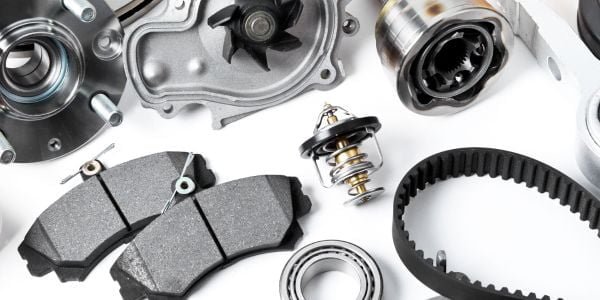
CONNECTION MATERIALS
Bonding materials are chemical compounds. There is a wide variety of different fastening materials. They can be broadly classified as follows:
(a) Asphalt-based compounds
(b) Vegetable gums
(c) Rubber
(d) Synthetic resins.
1. Asphalt-based compounds
Natural oils and gums are added to asphalt-based compounds. Its coefficient of friction ranges from 0.3 to 0.4 up to a temperature of 250 degrees Celsius. The coefficient tends to increase with increasing temperature.
Excess bonding material also helps to achieve a higher coefficient of friction, but as excess material can be removed at high temperatures, it is difficult to maintain a high coefficient of friction. The wear properties of friction materials impregnated with this bonding material are good, especially when the product is molded.
2. Vegetable gums
The coefficient of friction for this type of bonding material is slightly higher, i.e. between 0.35 and 0.45. This coefficient of friction is maintained up to a temperature of 250 degrees Celsius. This bonding material has better wear properties than asphalt-based compounds.
3. Rubber
Rubber as a bonding material has a coefficient of friction of 0.6. It can be an inflexible or rigid form. Although Rubber has a high coefficient of friction, the material tends to disintegrate under pressure.
4. Synthetic resins
These can be further classified as alcohol-soluble and oil-soluble. The coefficient of friction for alcohol-soluble synthetic resins ranges from 0.4 to 0.5 up to a temperature of 230 degrees Celsius. At higher temperatures, the coefficient of friction tends to decrease. The material is unaffected by the lubricating oil and can withstand high pressures.
Oil-soluble synthetic resins have a coefficient of friction of 0.35-0.38 that can be maintained even at high temperatures. They are often used with asphalt-based rubber and plant compounds and provide excellent wear qualities.
Cotton is occasionally used in place of or blended with asbestos, and these fabrics can be made to provide a coefficient of friction of 0.6, but this high coefficient of friction cannot be maintained beyond a temperature of 150 degrees Celsius. Sometimes cork is also used, but it must be kept in oil. Cork has a coefficient of friction of 0.3 and can withstand pressures of up to 140 kN / m2
Also, read about XNXP Traits
Take away:
1. Overview:
Automobile clutch friction materials are critical components in the transmission system, enabling the engagement and disengagement of the engine from the drivetrain. These materials are designed to withstand high temperatures, friction, and wear while ensuring smooth operation and longevity.
2. Types of Friction Materials:
- Organic: Made from composite materials like resin, rubber, glass, and Kevlar. Known for smooth engagement and low noise, but less durable under high stress.
- Ceramic: Contains ceramic fibers and copper, offering high heat resistance and durability, ideal for high-performance vehicles.
- Kevlar: Lightweight and durable, providing excellent heat dissipation and wear resistance.
- Sintered Metal: Composed of metallic powders, offering high thermal conductivity and durability, commonly used in heavy-duty applications.
3. Key Properties:
- Friction Coefficient: Ensures effective power transfer.
- Heat Resistance: Withstands high temperatures without degradation.
- Wear Resistance: Prolongs lifespan under repetitive use.
- Noise Reduction: Minimizes vibrations and chatter during engagement.
4. Applications:
Used in manual and automatic transmissions across passenger cars, commercial vehicles, and racing cars.
5. Advancements:
Modern materials incorporate nanotechnology and eco-friendly components to enhance performance and reduce environmental impact.
6. Importance:
Clutch friction materials directly impact vehicle performance, fuel efficiency, and driving comfort, making them indispensable in automotive engineering.
FAQ
What are automobile clutch friction materials?
Automobile clutch friction materials are specialized materials used in clutch systems to transmit power between the engine and the transmission. These materials provide the necessary friction to engage and disengage the clutch, allowing for smooth shifting and power transfer in a vehicle.
What are the main types of friction materials used in automobile clutches?
The main types of friction materials used in automobile clutches are organic, semi-metallic, and ceramic. Organic materials are made from a mixture of resins, fibers, and fillers. Semi-metallic materials contain a combination of metallic fibers and fillers. Ceramic materials are composed of ceramic fibers and fillers.
What factors should be considered when selecting automobile clutch friction materials?
Several factors should be considered when selecting automobile clutch friction materials, including friction coefficient, wear resistance, heat resistance, noise and vibration characteristics, and durability. The specific requirements depend on the vehicle’s power output, intended use, and operating conditions.
How does the friction coefficient affect clutch performance?
The friction coefficient determines the clutch’s ability to transmit torque and the smoothness of engagement. A higher friction coefficient generally provides better power transfer but can result in increased wear and a higher risk of judder or chatter. It’s important to balance the friction coefficient to achieve optimal clutch performance.
What are some common wear mechanisms in automobile clutch friction materials?
Common wear mechanisms in automobile clutch friction materials include adhesive wear, abrasive wear, glazing, and thermal degradation. Adhesive wear occurs due to the frictional forces between the clutch components. Abrasive wear is caused by particles present in the system. Glazing refers to the formation of a smooth and shiny surface layer, reducing friction. Thermal degradation occurs due to the heat generated during clutch engagement.
How do different friction material compositions affect clutch performance?
Different friction material compositions offer varying characteristics. Organic materials typically provide smooth engagement, good heat dissipation, and low noise but may wear faster. Semi-metallic materials offer higher durability and heat resistance but can be noisy and harsher during engagement. Ceramic materials provide excellent heat resistance, long life, and stable performance but may have higher cost and noise levels.
Can automobile clutch friction materials be resurfaced or refinished?
In general, clutch friction materials cannot be resurfaced or refinished. When the clutch reaches its wear limit, the clutch disc assembly needs to be replaced as a whole. Attempting to resurface or refinish the friction material can compromise its performance and may lead to clutch slippage or failure.
How can clutch performance be optimized for different driving conditions?
Clutch performance can be optimized for different driving conditions by selecting friction materials that suit specific requirements. For example, for high-performance applications, materials with high-temperature resistance and high-friction coefficients may be preferred. In contrast, for everyday driving or heavy-duty applications, materials with good wear resistance and smooth engagement characteristics may be prioritized.
Are there any environmental considerations regarding automobile clutch friction materials?
There are environmental considerations regarding automobile clutch friction materials, particularly related to the disposal of worn-out materials. Some friction materials may contain heavy metals or other toxic substances that can be harmful to the environment if not properly handled. It is important to follow local regulations and dispose of used friction materials responsibly.
Are there ongoing research and development efforts in the field of automobile clutch friction materials?
Yes, research and development efforts in the field of automobile clutch friction materials are ongoing. Manufacturers are continually working to improve friction material formulations to enhance performance, reduce wear, and address environmental concerns. Advancements in nanotechnology, composite materials, and surface engineering are also being explored to further enhance clutch performance and durability.
















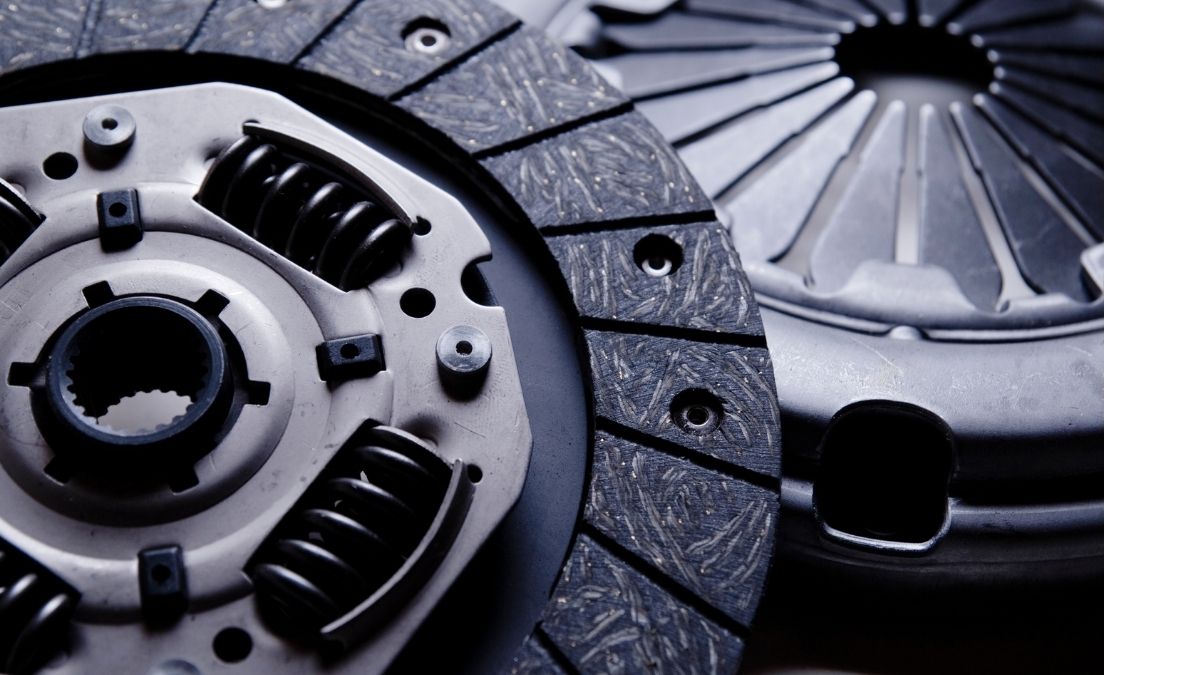
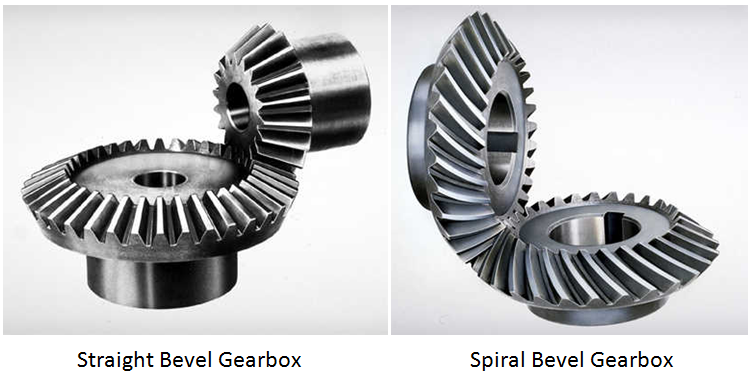


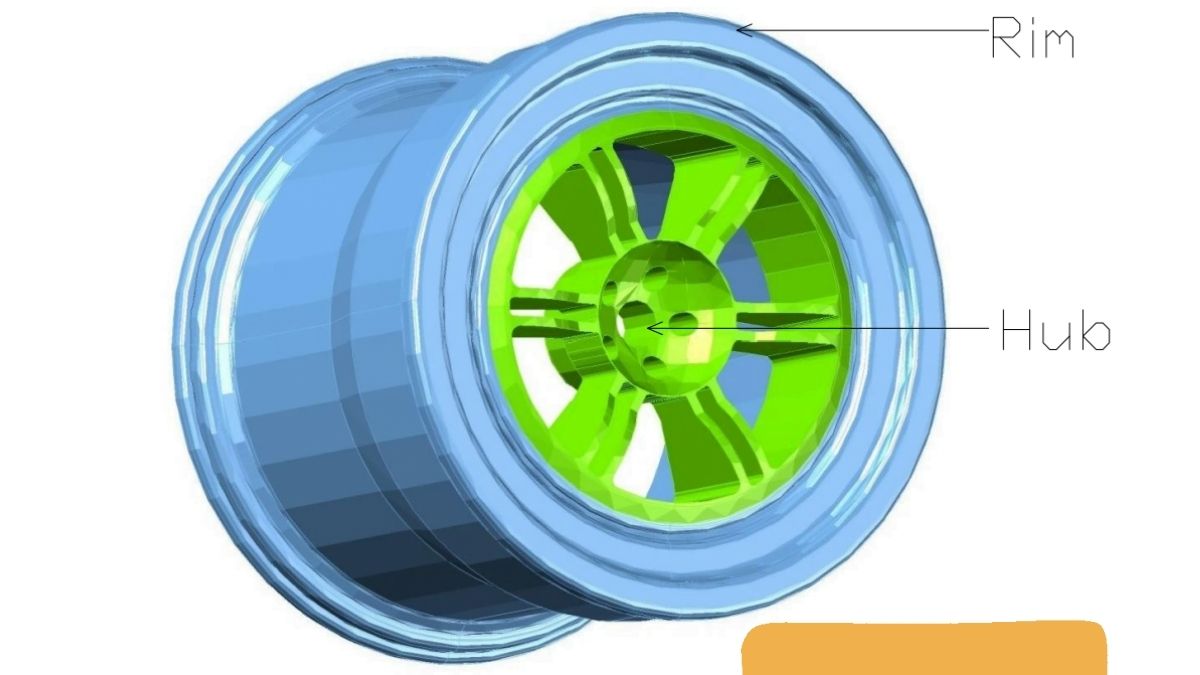

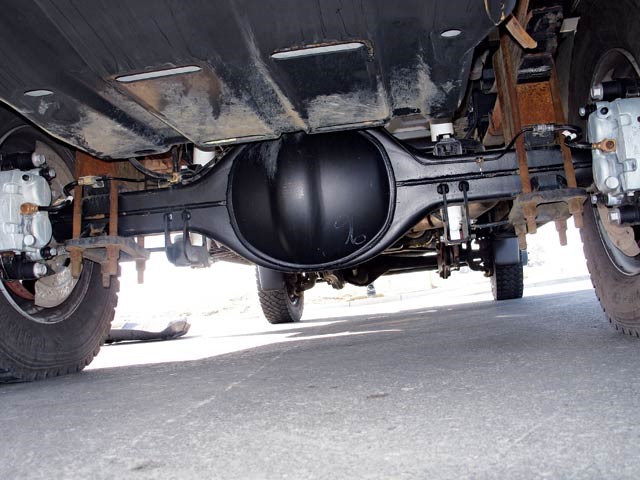



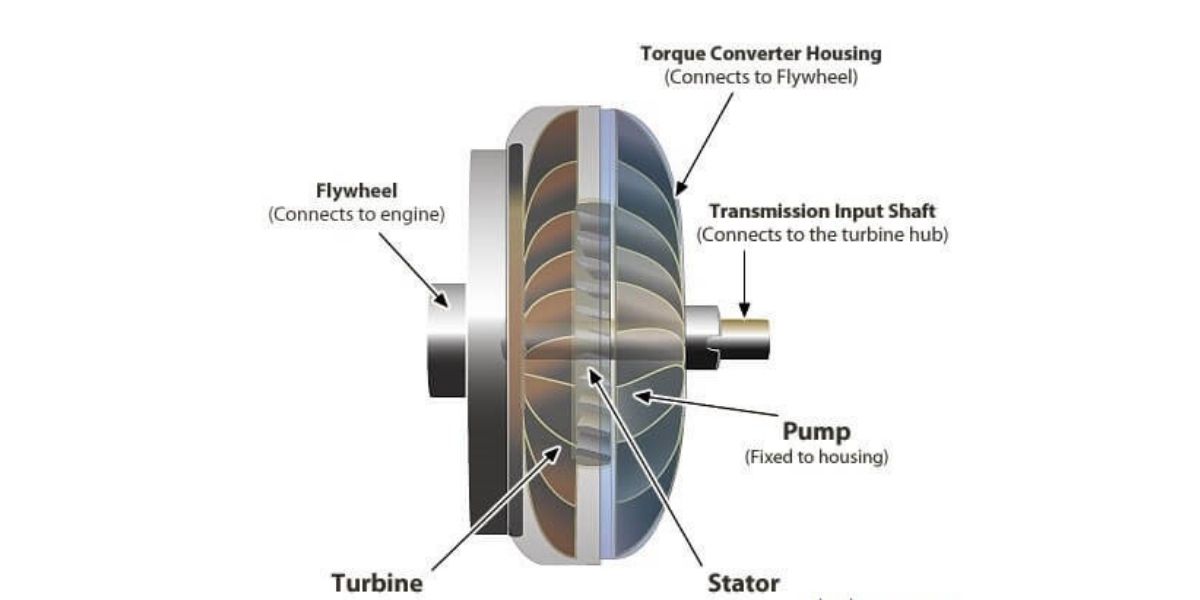



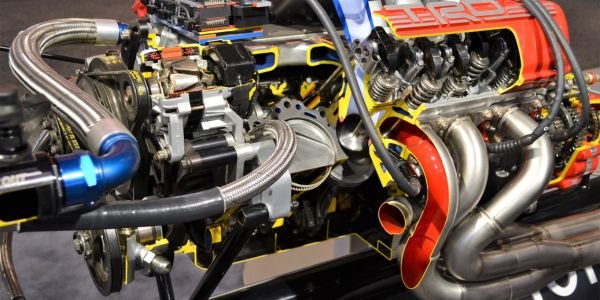
Comments on “Automobile Clutch Friction Materials – Students Guide”